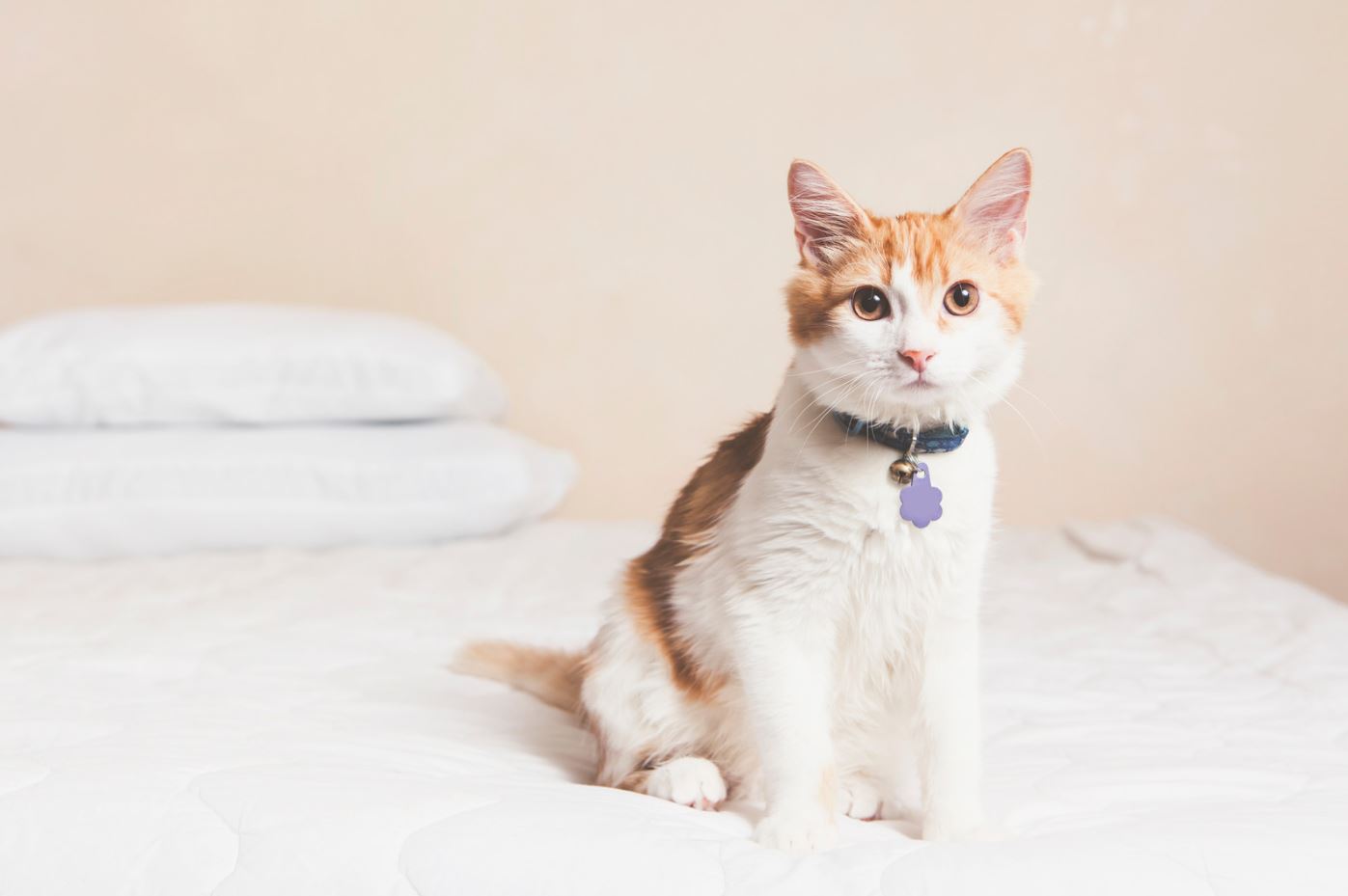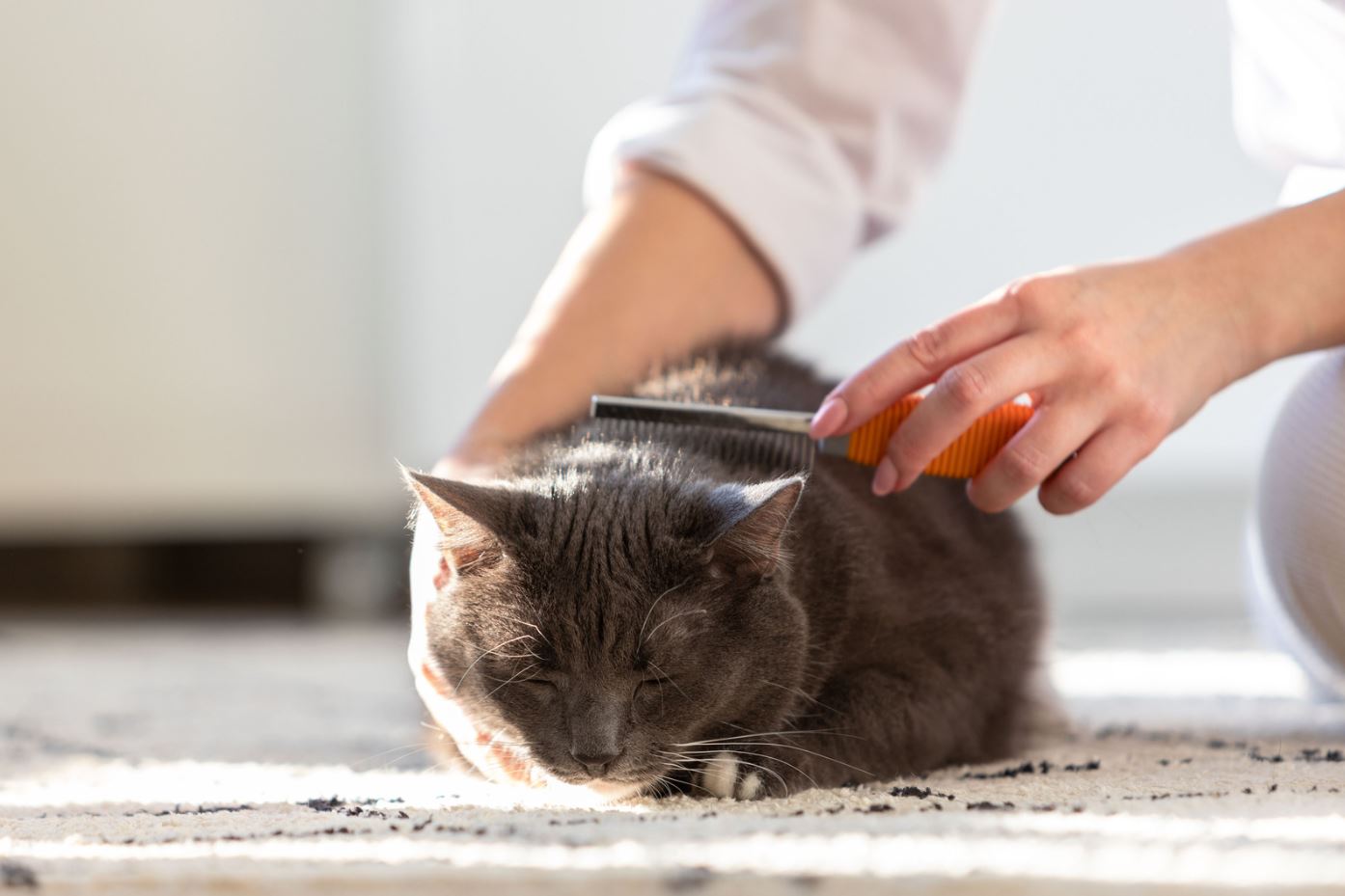
When it comes to caring for indoor cats naturally, one of the most effective strategies is regular grooming. You might be surprised at how much a simple brush can do for your feline friend and your home. By brushing your cat’s fur regularly, you not only remove loose hair but also help prevent it from ending up all over your furniture and floors.
This is especially important if you have a long-haired breed, as their fur can quickly become a tangled mess if not attended to. Plus, grooming is a great way to bond with your cat, making it a win-win situation! Using a deshedding tool or a brush specifically designed for cats can make a world of difference.
These tools are engineered to reach the undercoat, effectively removing loose hair that regular brushes might miss. Aim to groom your cat at least once a week, or more frequently during shedding seasons. Not only will this keep your home cleaner, but it will also help reduce the amount of hair your cat ingests while grooming themselves, which can lead to hairballs.
So grab that brush and make grooming a part of your routine!
Key Takeaways
- Brush your cat’s fur regularly with a deshedding tool to prevent loose hair from spreading.
- Ensure your cat’s diet includes essential fatty acids and consider adding supplements to reduce shedding.
- Keep your cat hydrated to maintain healthy skin and coat and reduce shedding.
- Schedule regular vet check-ups to address any underlying health issues that may be causing shedding.
- Create a calm environment for your cat to reduce stress-related shedding.
Proper Nutrition
Another essential aspect of how to care for indoor cats naturally is ensuring they receive proper nutrition. A balanced diet plays a crucial role in maintaining the health of your cat’s skin and coat. Look for high-quality cat food that includes essential fatty acids, such as omega-3 and omega-6.
These nutrients are vital for keeping your cat’s skin hydrated and their coat shiny, which can significantly reduce shedding. If you’re unsure whether your cat’s diet is meeting their nutritional needs, don’t hesitate to consult with your veterinarian. They can provide personalized recommendations based on your cat’s age, weight, and health status.
Additionally, consider adding supplements like omega-3 fatty acids to their diet. These can be found in fish oil or flaxseed oil and can work wonders in improving coat condition and reducing shedding. Remember, a well-fed cat is a happy cat!
Hydration
Hydration is often overlooked when discussing how to care for indoor cats naturally, but it’s just as important as nutrition. Cats can be notoriously finicky about drinking water, which can lead to dehydration and dry skin. To keep your cat’s skin and coat hydrated, ensure they have access to fresh water at all times.
Consider investing in a pet water fountain; many cats prefer running water and will drink more if it’s readily available. You might also want to incorporate wet food into your cat’s diet if they primarily eat dry kibble. Wet food contains a higher moisture content, which can help keep your cat hydrated while also providing essential nutrients.
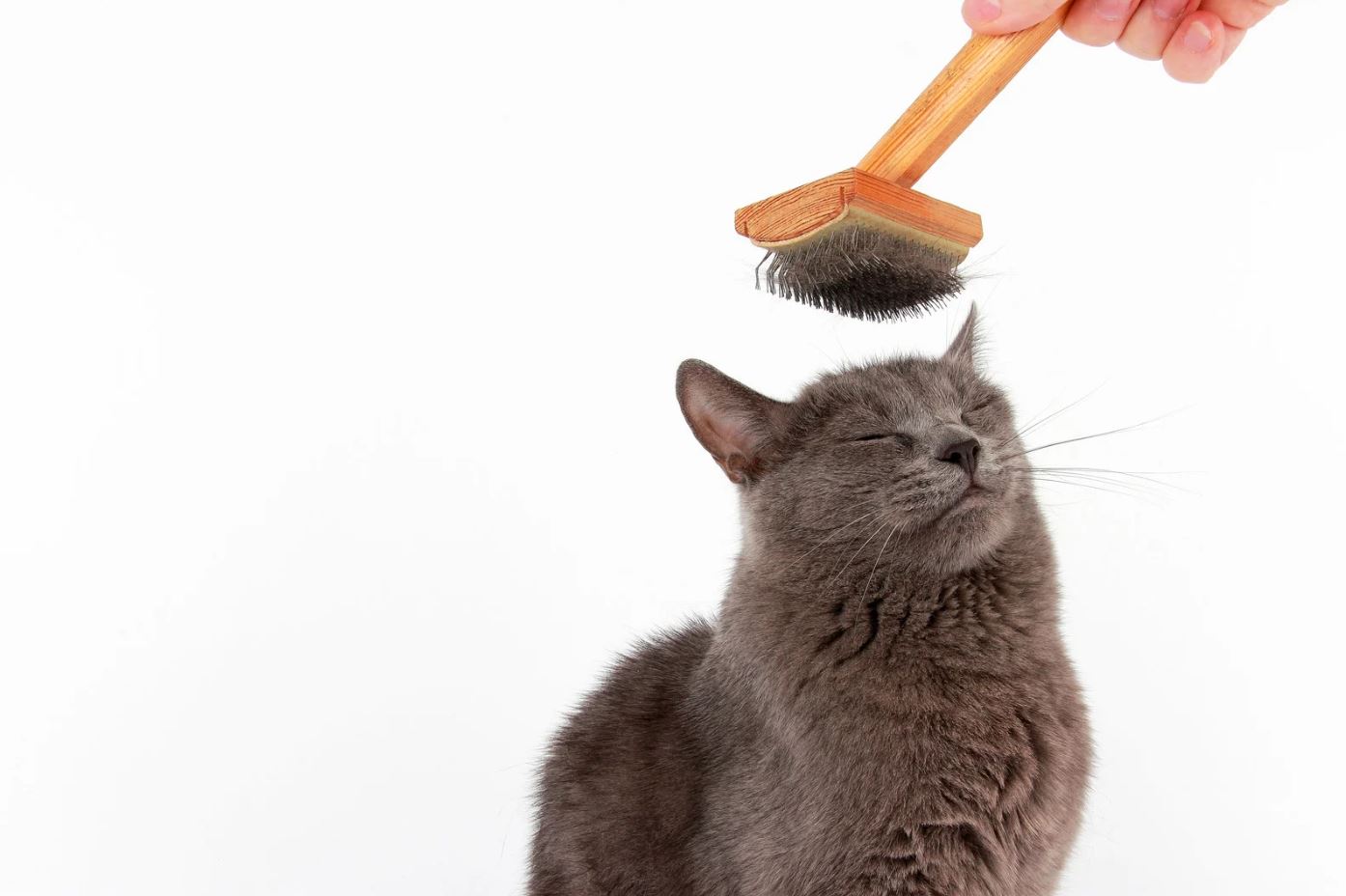
Internal Topics [ https://infos.care ]:
By prioritizing hydration, you’ll not only help reduce shedding but also promote overall health and well-being for your furry companion.
Regular Vet Check-Ups
Scheduling regular vet check-ups is another critical component of how to care for indoor cats naturally. While shedding is a normal part of a cat’s life, excessive shedding can sometimes indicate underlying health issues.
By taking your cat to the vet for routine examinations, you can catch any potential problems early on. During these visits, your veterinarian can assess your cat’s overall health and provide guidance on managing shedding effectively. They may recommend specific treatments or dietary changes based on their findings.
Remember, prevention is always better than cure, so make those vet appointments a priority!
Manage Stress
Did you know that stress can significantly impact your cat’s shedding? Cats are sensitive creatures, and changes in their environment or routine can lead to anxiety, resulting in increased hair loss. To help manage stress levels, create a calm and comfortable environment for your feline friend.
This could mean providing cozy hiding spots or vertical spaces where they can feel safe and secure. Additionally, try to maintain a consistent routine for feeding and playtime. Cats thrive on predictability, so keeping their daily schedule stable can help reduce anxiety.
If you notice signs of stress in your cat—such as excessive grooming or hiding—consider consulting with a veterinarian or animal behaviorist for additional strategies to create a more peaceful home.
Clean Your Home Regularly
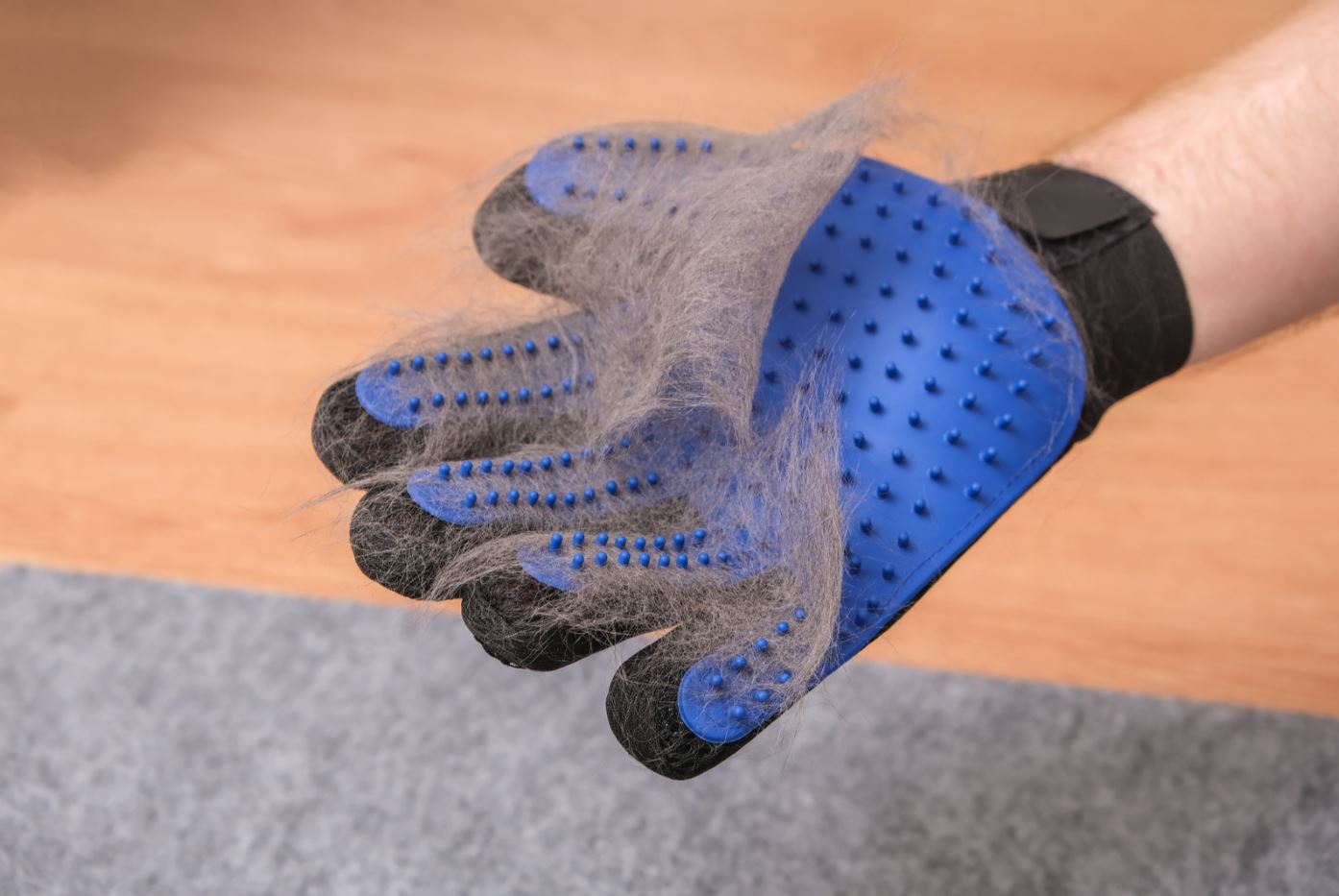
Keeping your home clean is an essential part of how to care for indoor cats naturally. Regular vacuuming and dusting will help remove cat hair from surfaces and prevent it from accumulating over time. Make it a habit to vacuum at least once a week, focusing on areas where your cat spends the most time.
Don’t forget to clean furniture and curtains too; these surfaces can trap hair and dander. In addition to vacuuming, consider using lint rollers or sticky tape to quickly remove hair from clothing and other surfaces before guests arrive or when you’re getting ready for the day. By staying on top of cleaning tasks, you’ll create a more pleasant living environment for both you and your furry friend.
Use Furniture Covers and Lint Rollers
If you’re looking for practical solutions to manage cat hair in your home, using furniture covers and lint rollers can be incredibly helpful. Covering furniture with washable covers not only protects them from cat hair but also makes cleaning much easier. You can simply toss the covers in the wash whenever they get too hairy or dirty.
Lint rollers are another fantastic tool for quickly removing hair from clothing and other surfaces. Keep one handy near your front door or in your car so you can do a quick touch-up before heading out. These simple strategies will help you maintain a tidy home while still allowing your cat the freedom to roam and relax wherever they please.
Air Purifiers
Finally, consider investing in an air purifier with a HEPA filter as part of your strategy for how to care for indoor cats naturally. These devices are designed to capture pet dander and hair from the air, significantly reducing the amount that settles on surfaces in your home. This not only helps keep your living space cleaner but also improves air quality, which is beneficial for both you and your cat.
When choosing an air purifier, look for one that is appropriately sized for the room where your cat spends the most time. Regularly changing the filters will ensure optimal performance and efficiency. By incorporating an air purifier into your home, you’ll create a healthier environment that supports both you and your furry friend.
In conclusion, caring for indoor cats naturally involves a combination of regular grooming, proper nutrition, hydration, vet check-ups, stress management, cleaning routines, furniture protection, and air purification. By implementing these tips into your daily life, you’ll not only reduce shedding but also enhance the overall well-being of your beloved pet.
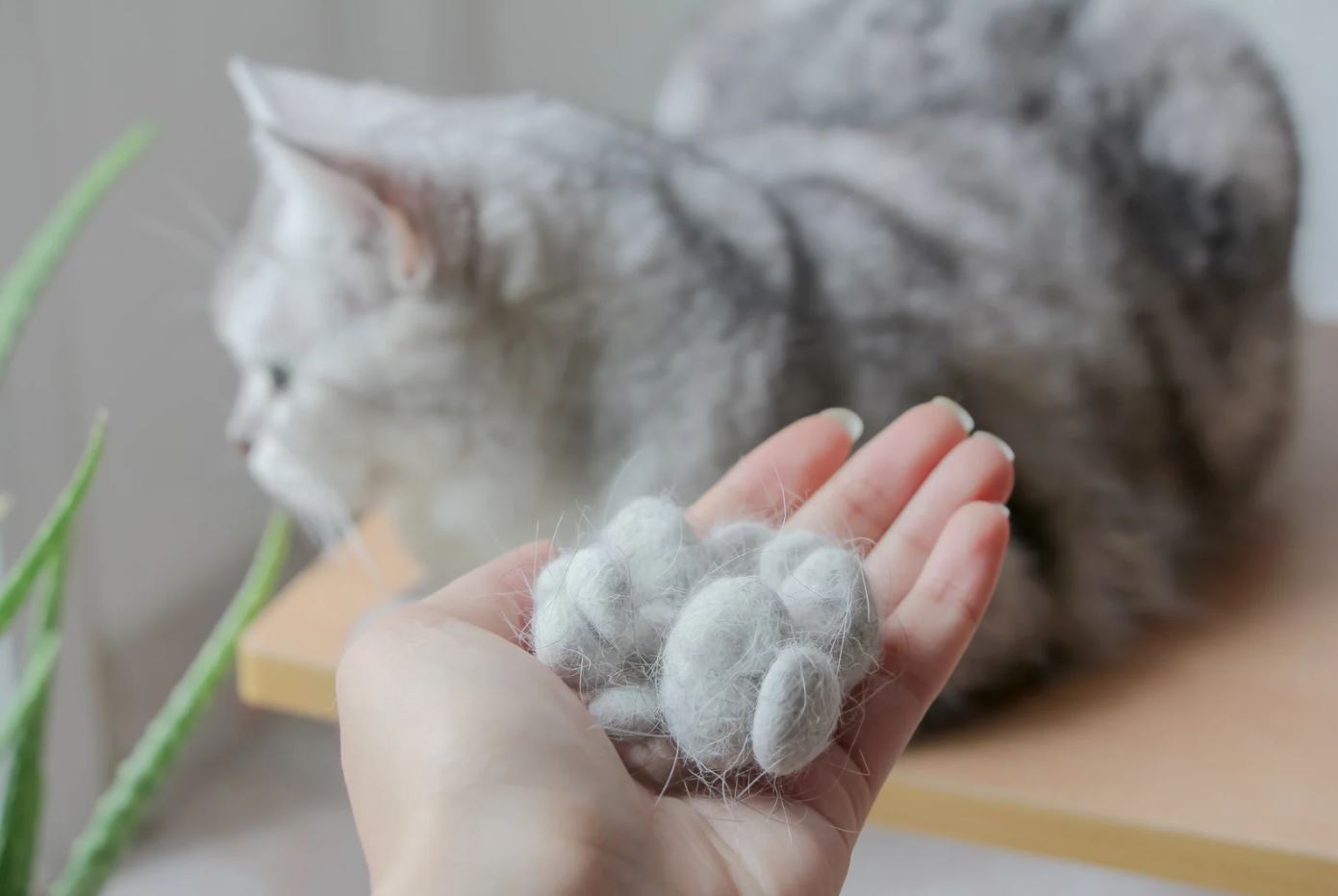
FAQs
What causes cat shedding?
Cat shedding is a natural process that occurs as a result of the growth and replacement of old or damaged hair. It can also be influenced by factors such as changes in season, stress, diet, and overall health.
How can I reduce cat shedding at home?
There are several ways to reduce cat shedding at home, including regular grooming, providing a balanced diet, ensuring proper hydration, and managing stress levels. Additionally, keeping a clean and healthy living environment can also help minimize shedding.
What grooming techniques can help reduce cat shedding?
Regular brushing and combing can help remove loose and excess hair from your cat’s coat, reducing the amount of shedding around the home. Bathing your cat with a gentle, pet-friendly shampoo can also help remove loose hair and reduce shedding.
What role does diet play in reducing cat shedding?
A balanced diet that includes essential nutrients such as omega-3 fatty acids can help improve the overall health of your cat’s skin and coat, reducing excessive shedding. It’s important to consult with a veterinarian to ensure your cat’s diet meets their specific nutritional needs.
How can I create a cleaner living space despite cat shedding?
Regular vacuuming, dusting, and using lint rollers can help manage and remove cat hair from surfaces around the home. Additionally, using washable furniture covers and bedding can help minimize the impact of shedding on your living space.
Recommended Internet Infos:
How to Keep Cats from Shedding
Source: https://www.wikihow.com/Keep-Cats-from-Shedding
Cornell Feline Health Center
Allergic to your cat?
Source: https://vet.osu.edu/sites/default/files/documents/allergic%20to%20your%20cat.pdf
Recommended YouTube Videos:
👉 Please visit more Cats Care Infos.
